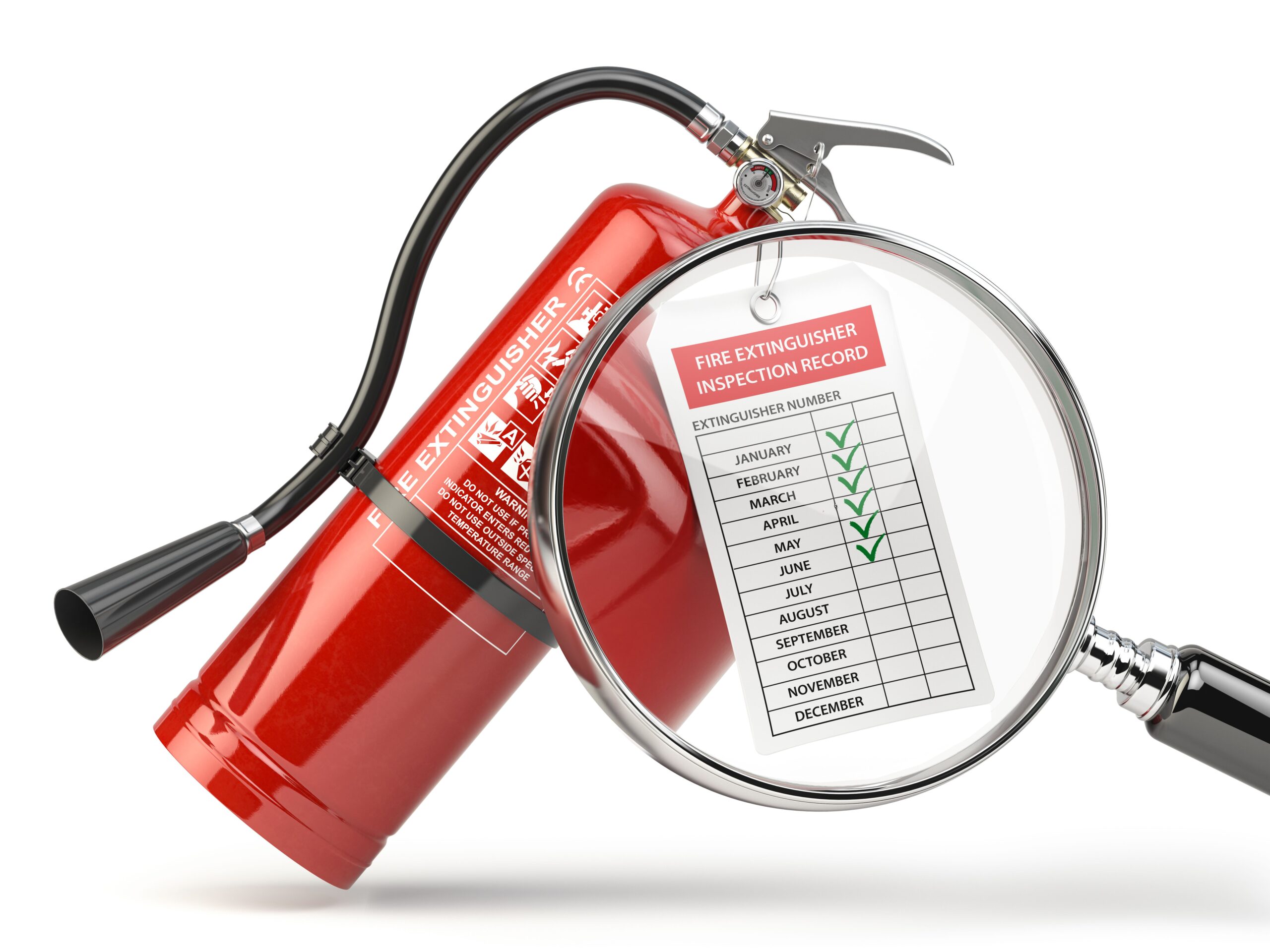What Is A Fire Safety Inspection And Why Does Your Business Need One?

Fire safety is a paramount concern for businesses, and one of the essential practices in maintaining a safe workplace is conducting regular fire safety inspections. While it may seem like just another regulatory requirement, the importance of these inspections cannot be overstated.
Importance of Compliance: Legal and Regulatory Requirements
The legal and regulatory landscape surrounding fire safety is stringent and for a good reason. Fire hazards pose significant risks to life and property, making compliance crucial. Non-compliance can result in fines, legal liabilities, and, most importantly, jeopardize the safety of employees and visitors.
Local and national governments have enacted fire safety codes and regulations that mandate periodic fire safety inspections for businesses. These regulations vary by location but require businesses to conduct inspections to ensure fire safety measures are in place, fire hazards are minimized, and emergency response plans are established.
Compliance with these regulations safeguards your business and demonstrates your commitment to the well-being of your employees and visitors. It fosters a safety culture within your organization and helps prevent fire-related incidents that could result in injuries, fatalities, or property damage.
Moreover, insurance companies often require businesses to adhere to specific fire safety standards to qualify for coverage. Non-compliance could lead to increased insurance premiums or even denial of coverage in the event of a fire-related claim.
Identifying Fire Hazards: Assessing Risks in the Workplace
The first step in a comprehensive fire safety inspection is the assessment of fire hazards in the workplace. This involves systematically evaluating the entire premises to identify potential sources of fire and conditions that could exacerbate a fire if one were to occur.
Common fire hazards in workplaces include electrical equipment that may be faulty or overloaded, flammable materials such as chemicals or combustible waste, heating systems that are not properly maintained, and smoking areas that lack proper disposal facilities. Even seemingly minor issues like blocked fire exits or obstructed access to fire extinguishers can pose significant risks during an emergency.
During this assessment, it is crucial to identify hazards and assess their severity and likelihood of causing a fire. This risk assessment helps prioritize corrective actions and allocate resources effectively. For example, a damaged electrical cord near a flammable chemical storage area would be considered a high-risk hazard that requires immediate attention.
Preventative Measures: Implementing Fire Safety Protocols
Preventative measures are a cornerstone of a successful fire safety inspection. Implementing fire safety protocols and procedures is not just about checking boxes; it’s about creating a culture of safety within the workplace. It means proactively addressing fire hazards and mitigating risks to protect employees, visitors, and assets.
These measures include regular maintenance of equipment and systems, proper storage and handling of flammable materials, adherence to no-smoking policies, and the establishment of designated smoking areas with safe disposal facilities. Training and education play a vital role in prevention, ensuring that employees know fire safety practices, can effectively use fire extinguishers, and understand emergency response protocols.
Emergency Preparedness: Training and Evacuation Procedures
Emergency preparedness is a critical aspect of fire safety, and it begins with comprehensive training and well-defined evacuation procedures. Employees must be familiar with the steps to take in a fire, including how to evacuate safely and where to assemble for accountability.
Regular fire drills are invaluable in preparing everyone for the real thing. These drills help identify weaknesses in the evacuation plan, communication systems, or equipment, allowing for timely adjustments. Designating individuals responsible for specific roles during an emergency, such as calling the fire department or providing first aid, ensures a coordinated response.
Benefits of Inspection: Protecting Employees and Assets
A fire safety inspection’s primary objective is to protect employees and assets. By proactively identifying and addressing fire hazards, businesses can prevent fire-related injuries, fatalities, and property damage. Compliance with legal and regulatory requirements avoids fines and legal liabilities and demonstrates a commitment to safety that can enhance a company’s reputation.
The benefits of regular inspections extend beyond compliance. They create a safer work environment, improve employee morale, and reduce the risk of costly disruptions and losses due to fires. Insurance premiums may also be lower for businesses that meet or exceed fire safety standards, leading to cost savings.
Elevate Your Fire Safety with Fire Safety Alarms, Inc.
When it comes to fire safety, every detail matters. Fire Safety Alarms, Inc., your trusted partner in New York, specializes in top-tier fire alarm services and cutting-edge fire alarm systems. Our commitment to safety is unwavering, ensuring your business is well-protected.
But we don’t stop there. With our expertise in emergency management & services, we go the extra mile to prepare your business for any fire-related emergency. Don’t compromise on safety – choose Fire Safety Alarms, Inc., and invest in protecting your employees, assets, and reputation.
Visit fsalarms.com to discover how we can tailor our services to meet your fire safety needs.
